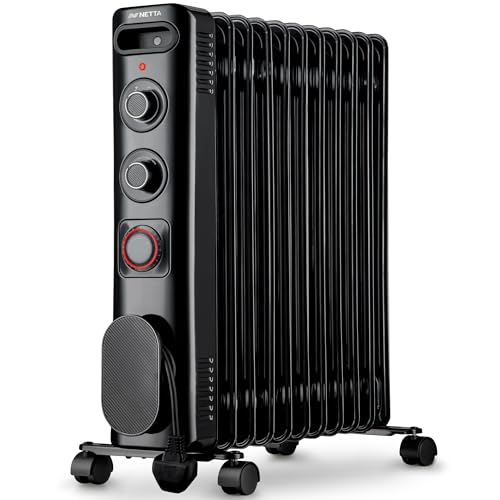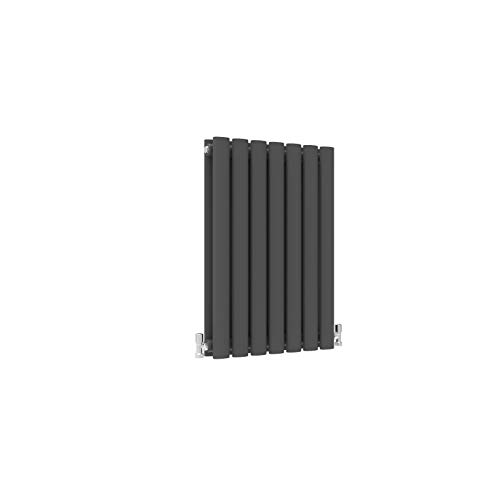Understanding the Importance of Radiator Cleaning
Before diving into the process of cleaning a radiator, it is important to understand why it is necessary. Over time, radiators can accumulate dust, debris, and even rust, which can hinder their performance. By regularly cleaning your radiator, you can ensure that it operates efficiently and effectively, preventing any potential malfunctions or breakdowns.
Gathering the Necessary Tools and Materials
Before starting the cleaning process, it is important to gather all the tools and materials you will need. This will help streamline the process and save you from constantly searching for items. Some of the essential items include a vacuum cleaner with a brush attachment, a soft cloth or sponge, a radiator cleaning solution, a bucket or bowl, and protective gloves.
Removing Dust and Debris
The first step in cleaning a radiator is to remove any visible dust and debris. Start by switching off the radiator and allowing it to cool down completely. Then, use a vacuum cleaner with a brush attachment to gently remove any loose dust or debris from the exterior of the radiator. Be sure to pay special attention to the fins and crevices where dirt can easily accumulate. For hard-to-reach areas, you can use a soft brush or cloth to dislodge any trapped dirt.
Cleaning the Interior of the Radiator
Once you have removed the external dust and debris, it is time to clean the interior of the radiator. This can be done by using a radiator cleaning solution, which is specifically designed to dissolve rust and other build-up inside the radiator. Follow the manufacturer’s instructions for the cleaning solution and mix it with water in a bucket or bowl. Then, slowly pour the solution into the radiator and let it sit for the recommended amount of time.
After the solution has had time to work, drain it out of the radiator using the proper drainage valve. Be sure to catch the liquid in a container for proper disposal. Rinse the radiator thoroughly with clean water to remove any remaining cleaning solution. You can use a hose or another container filled with water for this step. Once again, drain out the water from the radiator to ensure it is completely clean.
Final Steps and Maintenance
After cleaning the radiator, it is important to dry it thoroughly before turning it back on. Use a soft cloth or sponge to wipe away any excess moisture from the exterior and interior of the radiator. Once dry, you can turn the radiator back on and monitor it for any leaks or unusual noises. If everything seems to be in working order, you can continue to use the radiator as normal. It is recommended to clean your radiator at least once a year to maintain its performance and extend its lifespan.






